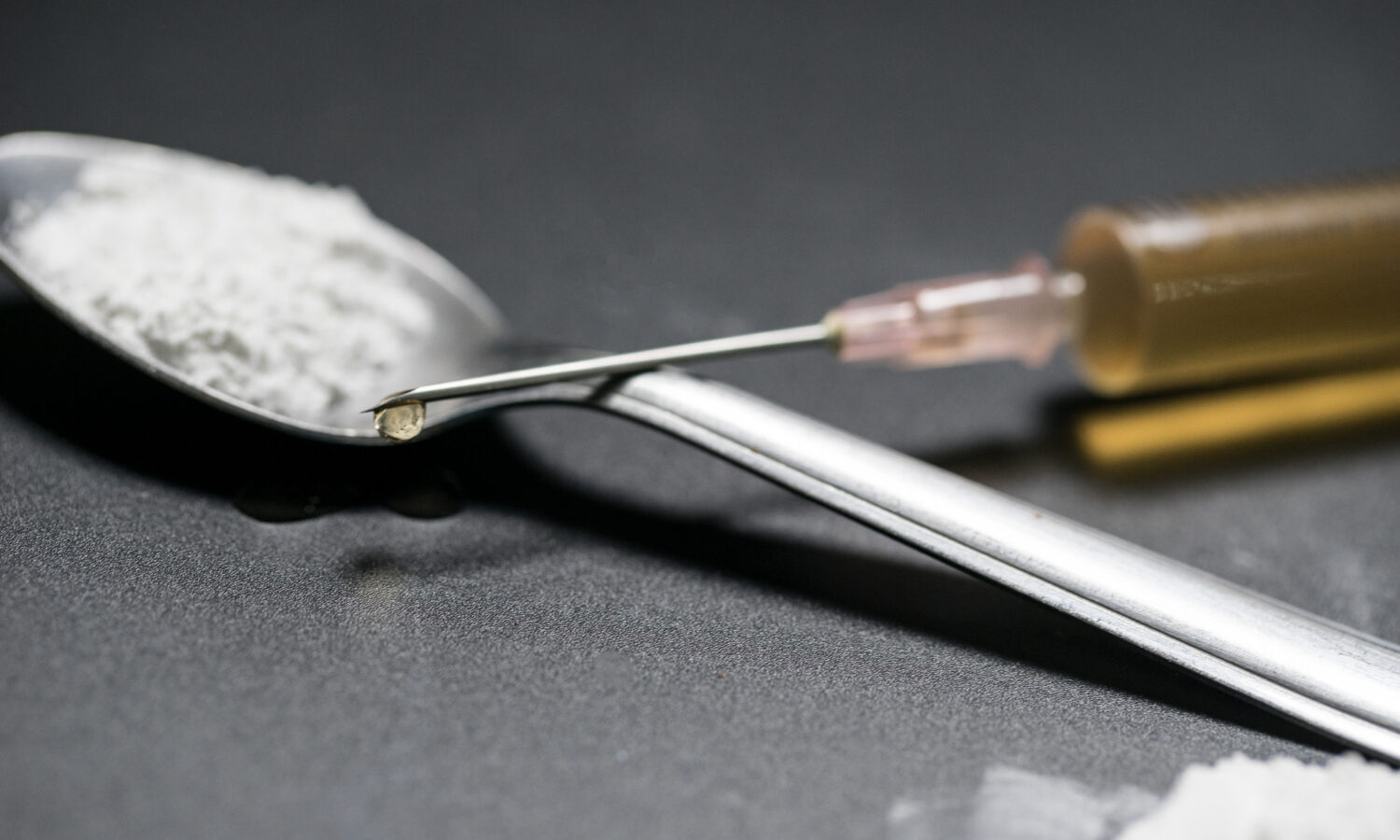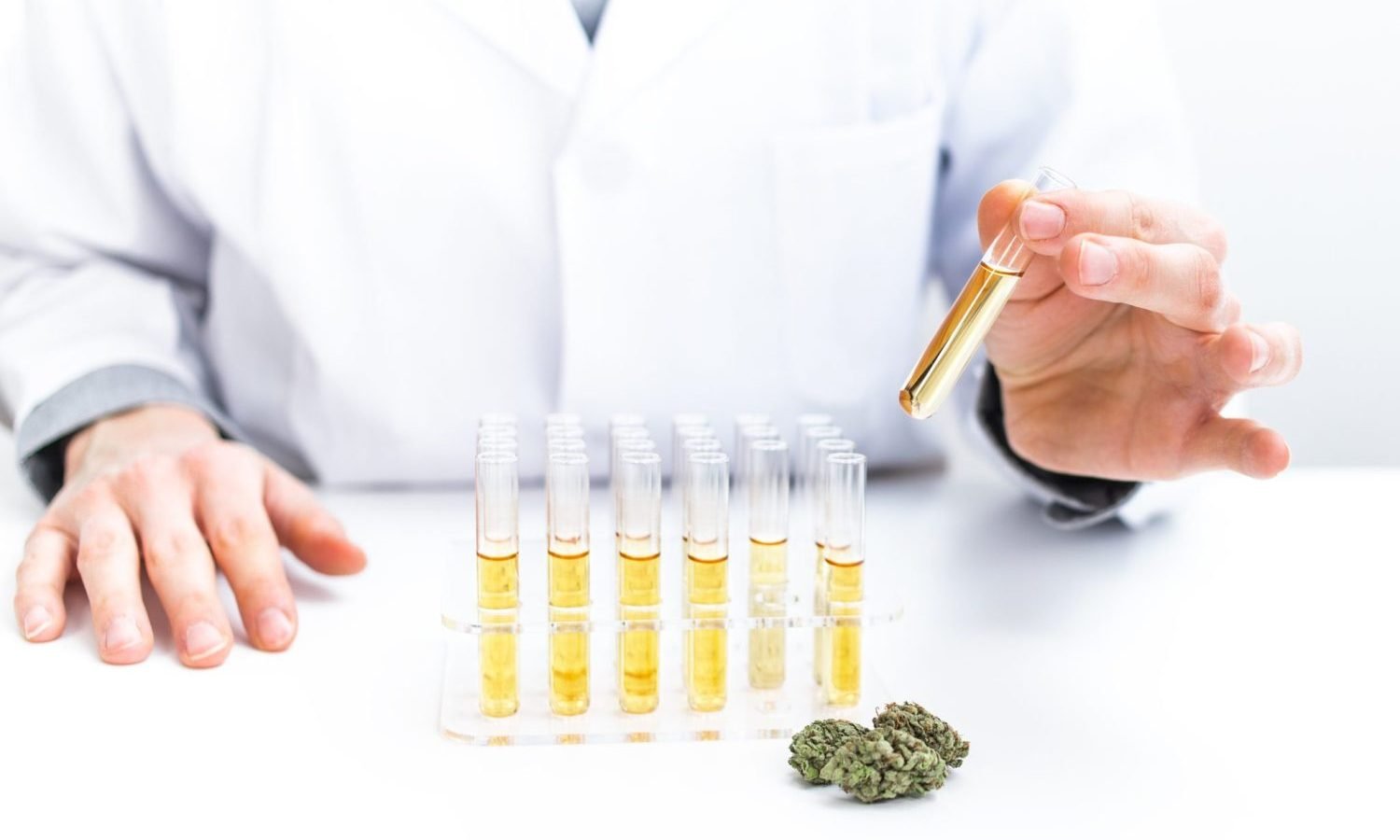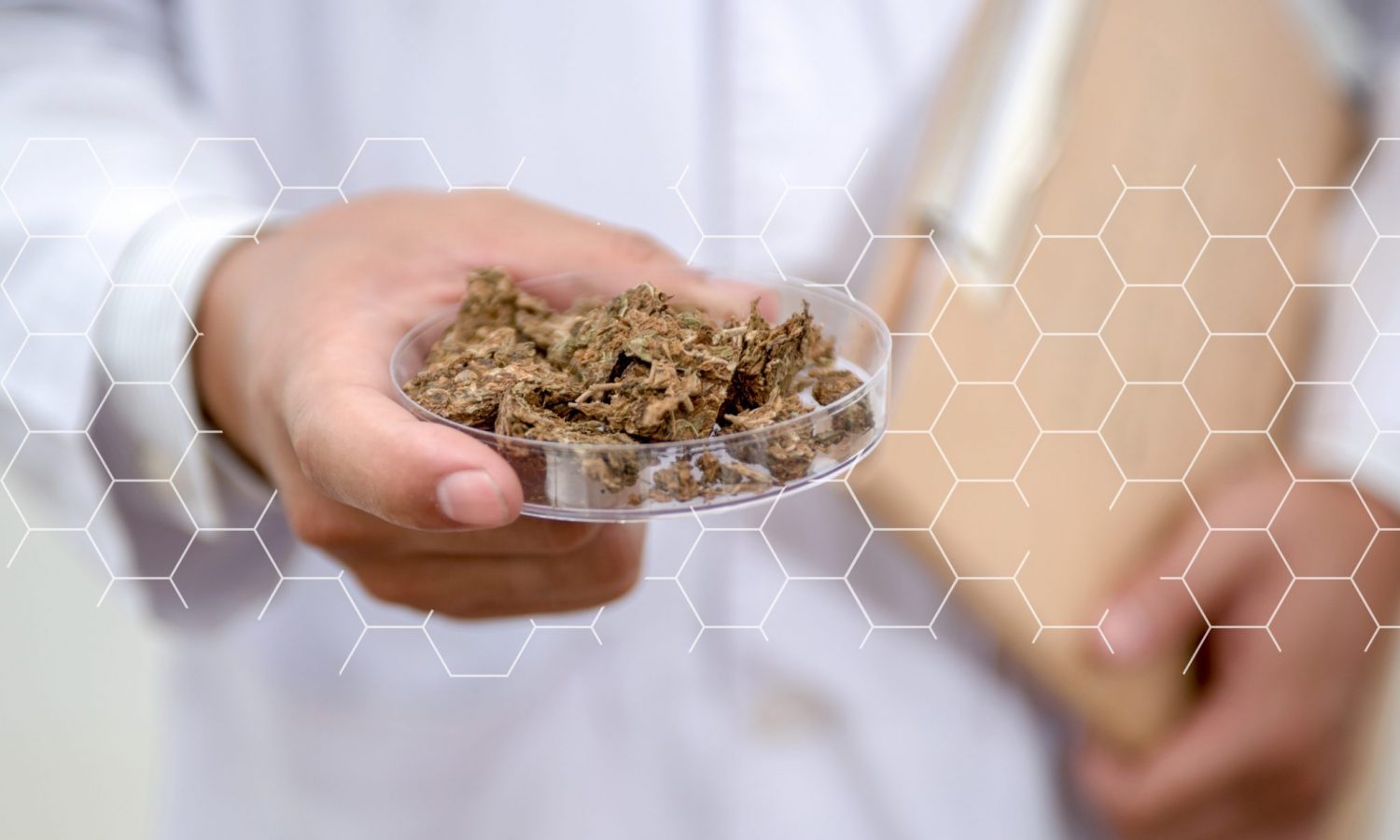
THC-O is to cannabis what heroin is to opium – is it legal?
THC-O-Acetate (THC-O, ATHC) is becoming increasingly popular among cannabis users. According to Google Trends, interest in this compound peaked in mid-2021.
Consumers are turning to THC-O for two likely reasons. The first is that delta-8 THC acetate is derived from hemp and is therefore legal and accessible in states where marijuana is illegal.
The more exciting reason is that THC-O is said to be a psychedelic cannabinoid. In other words, you will trip on cannabis and achieve the highest spiritual experiences and probably even ego death. Some sources claim that THC-O-Acetate is up to 300 times more potent than THC. More realistic sources claim that THC-O-Acetate is up to three times more potent, but we’re not sure.
But for recreational users craving that “elusive high,” this sounds unimaginable. Isn’t that the same reason naturally occurring opium was dumped on the streets instead of heroin?
Photo by MART PRODUCTION via Pexels
Opium versus heroin
Like cannabis, opium is a naturally occurring compound derived from the poppy plant. Heroin, on the other hand, is a semi-synthetic compound made from morphine, which comes from the poppy plant. Because heroin is an enhanced form of opium, the effects are more powerful.
Heroin was originally developed as a medicinal analgesic. However, it was soon discovered to induce several side effects, including dependency, addiction, and overdose-related deaths. Its clinical use was therefore discontinued, but the drug found its way onto the illicit market, where its use is still widespread. Like marijuana, heroin is classified by the DEA as a Schedule I compound, which the DEA says has no known medicinal uses and a high potential for abuse.
THC-O-Acetate is a synthetic cannabinoid
Like heroin, THC-O is a synthetic cannabinoid made in the lab by acetylating THC (could be D8, D9, or D10). Since it is not a natural product, don’t expect to find it in stores that sell natural cannabis products.
How is THC-O made?
THC is heated and mixed with acetic anhydride in a laboratory setting. A chemical reaction takes place that converts the THC into THC-O. This chemical reaction is dangerous and should therefore only be carried out by a qualified chemist and only in the right environment.
THC-O-Acetate is a pro-drug
A prodrug can be defined as any drug that is biologically inactive when ingested, but once metabolized releases a biologically active compound. THC-O works in this way.
 Photo by Esther Kelleter/EyeEm/Getty Images
Photo by Esther Kelleter/EyeEm/Getty Images
RELATED: What Is THC-O, and Why Is This Psychedelic Cannabinoid 3x Potent Than THC?
When acetic acid is added to THC, it forms a barrier that prevents the THC from being broken down by enzymes until it reaches the liver, where it is deacetylated, releasing the biologically active THC. As with other prodrugs, THC-O takes longer to take effect (lag time) due to the extra step required to “activate” the drug. This can be around 30 minutes for inhaled THC-O or up to 1.5 hours for ingested THC-O.
Is THC-O a Psychedelic?
THC-O is believed to provide THC, which has higher bioavailability. This also means the body will have higher circulating levels of THC and 11-Hydroxy-THC. Although the effects take longer to kick in, they will likely cave in once they kick in and it will take a long time for the effects to wear off. Higher levels of circulating 11-hydroxy-THC may be responsible for the psychedelic effects reported after THC-O consumption.
Is THC-O legal?
Most THC-O-Acetate sold online and in smoke shops is actually the acetate of delta-8-THC and not delta-9-THC. Delta 8 is usually made from hemp-derived CBD, and consequently it can be argued that THC-O made this way is also legal. However, it should be noted that THC-O is a synthetic cannabinoid. Here’s what the law says about synthetic THC.
RELATED: What’s It Like Smoking THC-O Dominant Bud?
“For synthetically derived tetrahydrocannabinols, the concentration of D9-THC is not a determining factor in determining whether the material is a controlled substance. All synthetically derived tetrahydrocannabinols remain Schedule I controlled substances.”
 Photo by bonchai wedmakawand/Getty Images
Photo by bonchai wedmakawand/Getty Images
THC-O, ketene formation and EVALI
Most THC-O products on the market currently come in the form of vaporizers. When vaping THC-O, harmful by-products like ketenes are likely to be produced. Ketenes are highly reactive and readily form acetic acid when reacting with water in the nasal and oral mucosa.
A study from Portland State University (PSU) found a link between vaping cannabinoid acetates and the production of the toxic gas ketene. A previous study linked ketene production to EVALI as a causative agent.
Safety of THC-O: Dr. Ethan Russo Opines
dr Ethan Russo is a notable thought leader in medicinal cannabis and is the founder and CEO of a medicinal cannabis research company CReDO Science. In an interview with Hemp Grower, Dr. Russo Concerns About the Safety of THC-O. In his opinion, we don’t need a compound that’s (supposedly) three times stronger than THC. Known side effects of THC include extreme paranoia and anxiety that can land you in the emergency room. Vasovagal syncope, which can lead to sudden falls and fractures, is also possible. THC-O can increase these side effects or trigger off-target effects that we are not aware of. In his words, as far as THC-O goes, “don’t go there.”
Synthetic cannabinoids are a farce!
Like heroin, THC-O is many times more potent than THC, and the risks involved are far from moderate. There is also a risk of ketene formation when vaping THC-O. Ketene has been linked to serious, and sometimes fatal, lung injuries.
Are plastics worth the risk?
Maybe not.
like dr According to Russo, synthetic cannabinoids and the risks they pose are a “by-product of cannabis prohibition.” And as he goes on to state, they should probably be avoided at all costs.

Post a comment: